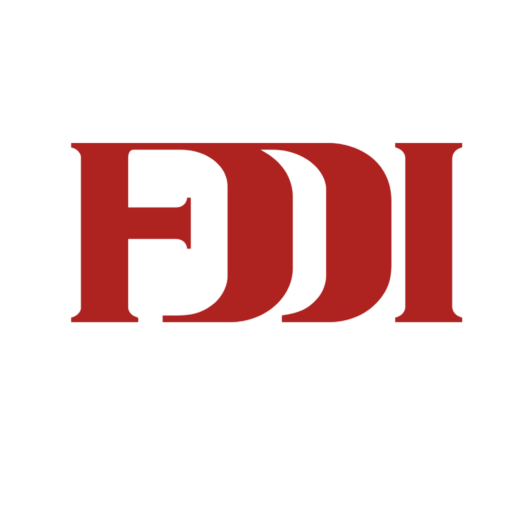
In the world of fashion, your portfolio is your calling card. It showcases your talent, creativity, and unique perspective as a designer. Whether you’re just starting out in the industry or looking to update your existing portfolio, developing a strong fashion portfolio is essential for showcasing your work and getting noticed by potential employers, clients, and collaborators. In this blog, we’ll explore the key elements of fashion portfolio development and offer tips and best practices to help you create a standout portfolio.
1. Define Your Brand and Aesthetic
The first step in developing your fashion portfolio is to define your brand and aesthetic. This means identifying your design style, target audience, and overall brand identity. Your brand should be unique, memorable, and cohesive, and your portfolio should reflect this.
Consider the following questions:
a) What is your design aesthetic? Are you drawn to minimalism, maximalism, or something in between?
b) Who is your target audience? What age range, gender, and lifestyle do they have?
c) What is your brand identity? What are your core values, and what sets you apart from other designers?
By answering these questions, you can create a clear and consistent brand identity that will guide your portfolio development.
2. Choose Your Best Work
Your fashion portfolio should showcase your strongest work, so be selective when choosing which designs to include. Focus on quality over quantity and choose pieces that showcase your unique perspective and design skills. Consider including a mix of sketches, technical drawings, and finished garments to demonstrate your range and versatility as a designer.
3. Create a Cohesive Layout
Once you’ve chosen your best work, it’s time to create a cohesive layout for your portfolio. Your portfolio should flow seamlessly and be visually appealing to the viewer. Consider the overall aesthetic of your brand and how you can incorporate that into the design of your portfolio. This can include choosing a color scheme, typography, and graphics that reflect your brand’s identity.
4. Include Supporting Materials
In addition to your designs, you should also include supporting materials in your fashion portfolio. This can include mood boards, fabric swatches, and technical drawings to provide more context and detail about your designs. Consider including a brief statement about each design that explains your inspiration, materials, and the techniques used to create the garment.
5. Use High-Quality Images
Your fashion portfolio should include high-quality images of your designs. Consider hiring a professional photographer to capture your work, or invest in a good camera and lighting equipment to take your own photos. Make sure your images are well-lit, clear, and showcase the details of your designs.
6. Stay Current and Update Your Portfolio Regularly
Finally, it’s important to stay current and update your fashion portfolio regularly. This means keeping your designs up to date with the latest trends and incorporating new work as you create it. Consider using an online platform, such as a website or social media, to showcase your portfolio and make it easily accessible to potential employers, clients, and collaborators.
Developing a strong fashion portfolio is essential for showcasing your work and getting noticed in the industry. By defining your brand and aesthetic, choosing your best work, creating a cohesive layout, including supporting materials, using high-quality images, and updating your portfolio regularly, you can create a standout portfolio that showcases your unique perspective and design skills. Good luck!

